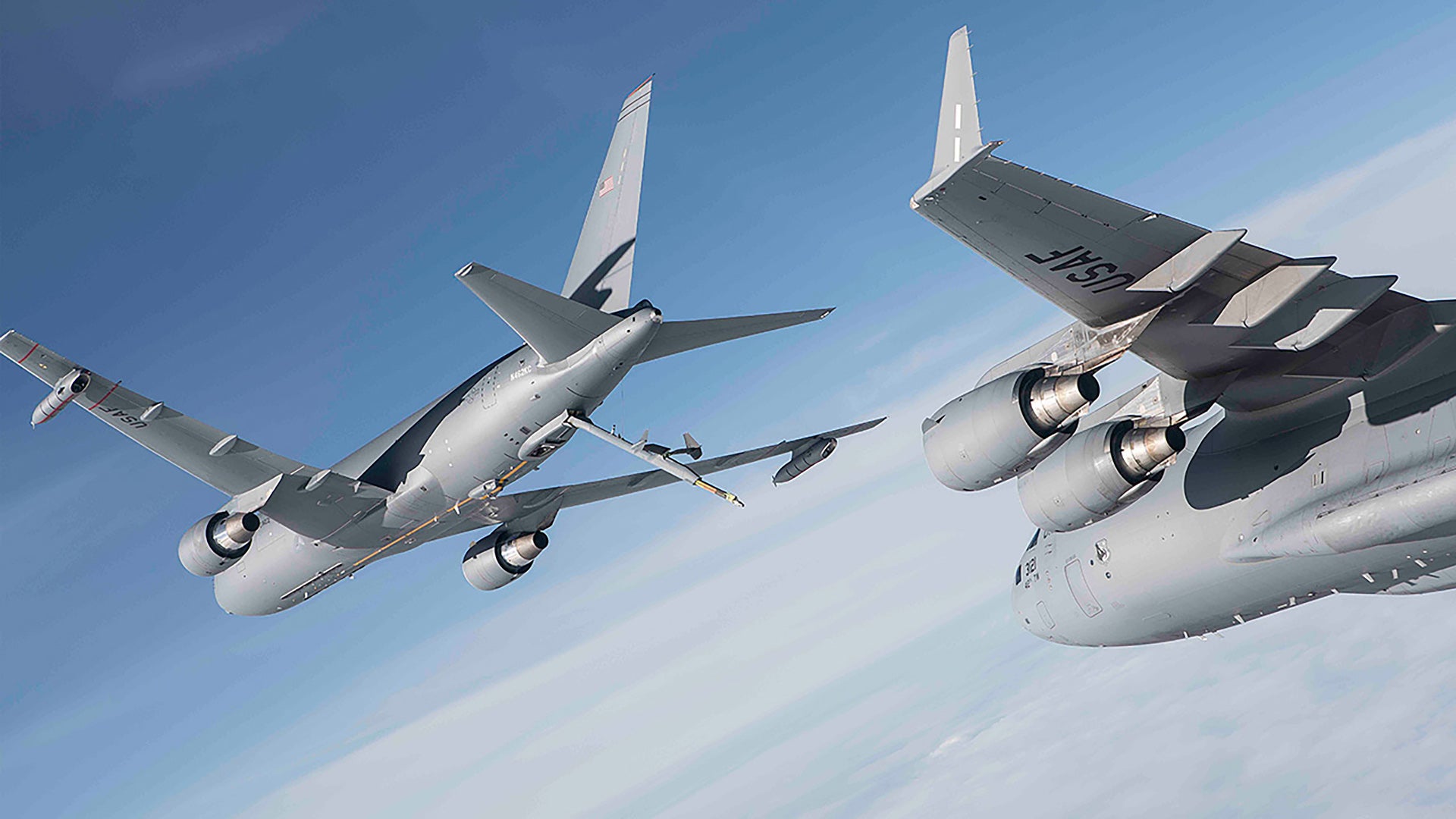As an October 2018 deadline for the delivery of the first 18 KC-46 Pegasus tankers and nine refueling pods quickly approaches, Boeing’s 767-based next generation tanker is facing mounting problems. Just this week three new “category I” issues, which are considered major, have been publicly identified. And these are on top of other critical issues with the tanker that still have not been fixed. Delays have vexed the high-profile program, but cost overruns are falling squarely on Boeing, who entered into a fixed-price deal for development and initial examples of the KC-46 tanker years ago.
You are probably wondering how strange and unacceptable it is that the USAF, and especially Boeing for that matter, a company that rapidly developed the KC-135 over 60 years ago, is having such a hard time just developing a new tanker. What’s worse is that said tanker is built on a platform that has been flying since 1981 and has already been delivered in a tanker configuration to two allies.
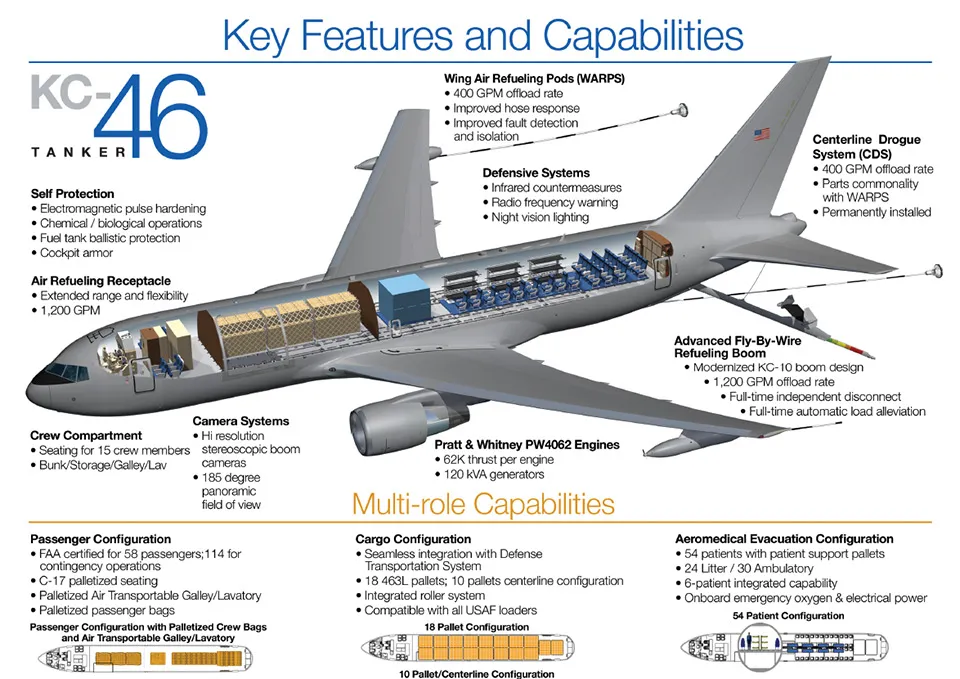
In early 2015, I detailed this outrageous reality in a past editorial feature titled Broken Booms: Why Is It So Hard To Develop & Procure A New USAF Tanker? I suggest you give it a read as it has only proven to be more accurate and damning as the KC-46 program has continued to falter. Here are some of the major issues the program continues to struggle with:
- The KC-46’s boom has an unacceptably high chance of scraping the skin of receiver aircraft. This is especially troublesome for the USAF’s growing inventory of stealthy airframes—F-35, F-22, B-2 and in the coming decade, the B-21—that rely on their delicate radar absorbent coatings to remain hidden from enemy sensors. It also would cause persistent damage to many other airframes that rely on boom and receptacle refueling. What’s worse is that boom operators can’t even tell when they have impacted the aircraft’s skin, so they can’t relay that information to receiving aircraft. Such a mishap may result in a mission kill, but at least it wouldn’t mean a combat loss if the pilot knew it had occurred.
- The Remote Vision System—a control console with 3D screens that takes the place of a window and boom operator’s pod traditionally built into the tail of a tanker aircraft—is failing to perform as expected. And this in turn only exacerbates the first issue of the boom scraping away at the skin of the aircraft it services. The Remote Vision System is one needless feature in particular that I especially loathed in my editorial piece previously linked.
- The centerline drogue, one of up to three on the aircraft, used to refuel probe-equipped aircraft like those flown by the Navy and Marine Corps, keeps disconnecting inadvertently from receiver aircraft. Considering that aerial refueling is already a delicate task, and that probe equipped aircraft take much longer to refuel than those that use the boom, this issue could become very frustrating for pilots, and especially when trying to refuel in bad weather, at night, or under tense situations.
- The KC-46’s high-frequency radio does not stay turned off during refueling operations as it should.
- The aircraft’s boom shoves forward into the receptacle violently when fuel flow is turned off and it disconnects. The KC-46s boom was also the focus of another issue which made it unsafe to refuel larger aircraft. A software fix failed to solve the problem and a redesigned boom was in the works as a result. It isn’t clear if this issue has been fully remedied either.
There are other issues as well, but these are the top tier ones that have emerged or have plagued the program as of late. Further delays in the program will impact the USAF’s plan to retire its force of 58 KC-10 Extender tankers as the KC-46 comes online. This is also somewhat new as the KC-10s were originally going to be replaced via another tanker procurement program dubbed KC-Y, with yet another tanker program following it around the late 2030s called KC-Z. Now it looks like the USAF plans on skipping the KC-Y initiative altogether.
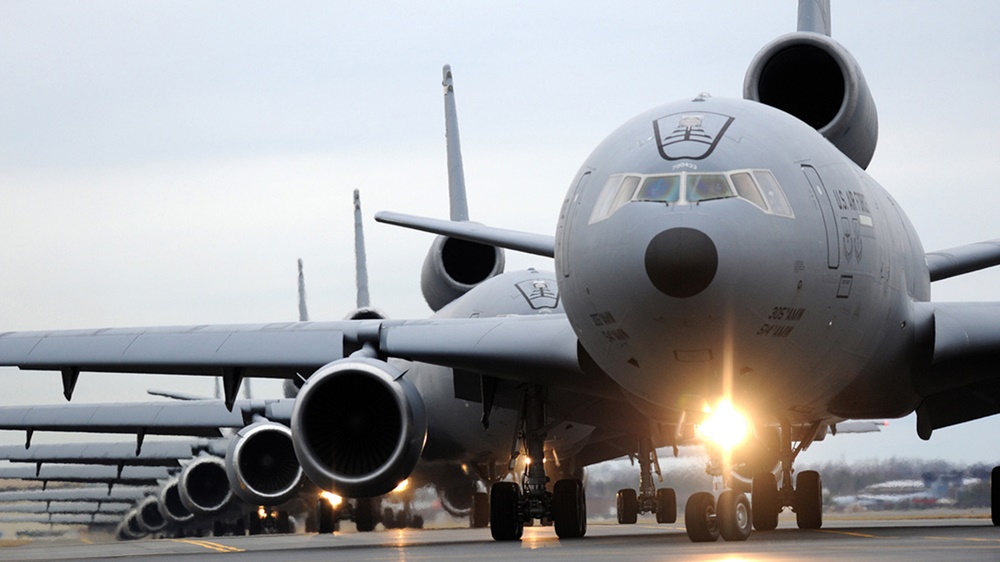
According to Defense News’s Valerie Insinna, in total the USAF looks to field a force of 179 KC-46s and 300 KC-135s, for a total of 479 tankers, which is 24 more tankers than the USAF currently has. The KC-46 is also superior in capability compared to the KC-135, so the tradeoff will be an overall capability gain in terms of available net fuel and cargo transportation ability even with the lumbering KC-10s out of the picture. But the KC-10 is larger and in many ways more capable than the KC-46. Its absence will be felt, especially for very-long range and high capacity refueling and cargo hauling operations.
As for the USAF’s confidence that Boeing will meet the current deadline, it seems to be quite low, with projections of an eight month or longer delay being forecasted. The KC-X program is now over a decade old, but it really dates back much further, to around 2002 when a scheme to lease and buy a number of 767 tankers was put forward, with Senator John McCain being a principal backer.
The first tanker built on the 767 platform flew 13 years ago, although the KC-46 is an amalgam of various 767 variants components. The KC-767s that were built continue in service with the Italian Air Force and the Japan Air Self Defense Force.
The USAF will eventually get a working KC-46, it’s just a matter of when. And the fixed price contract scheme saved the tax payer billions in overruns, which is a good thing. In the end its better that the USAF receive a KC-46 that is capable and reliable, than rush airframes onto the ramp that are anything but, and Defense Secretary Mattis seems to agree with this sentiment. The KC-46 is also likely be the basis for a number of critical aircraft replacement programs in the future.
Some good news for the program has emerged though. Japan has ordered its first KC-46, which makes it the first export customer of the type. Japan’s KC-46s will join the four KC-767s in service along with their four E-767 Airborne Warning And Control System aircraft.
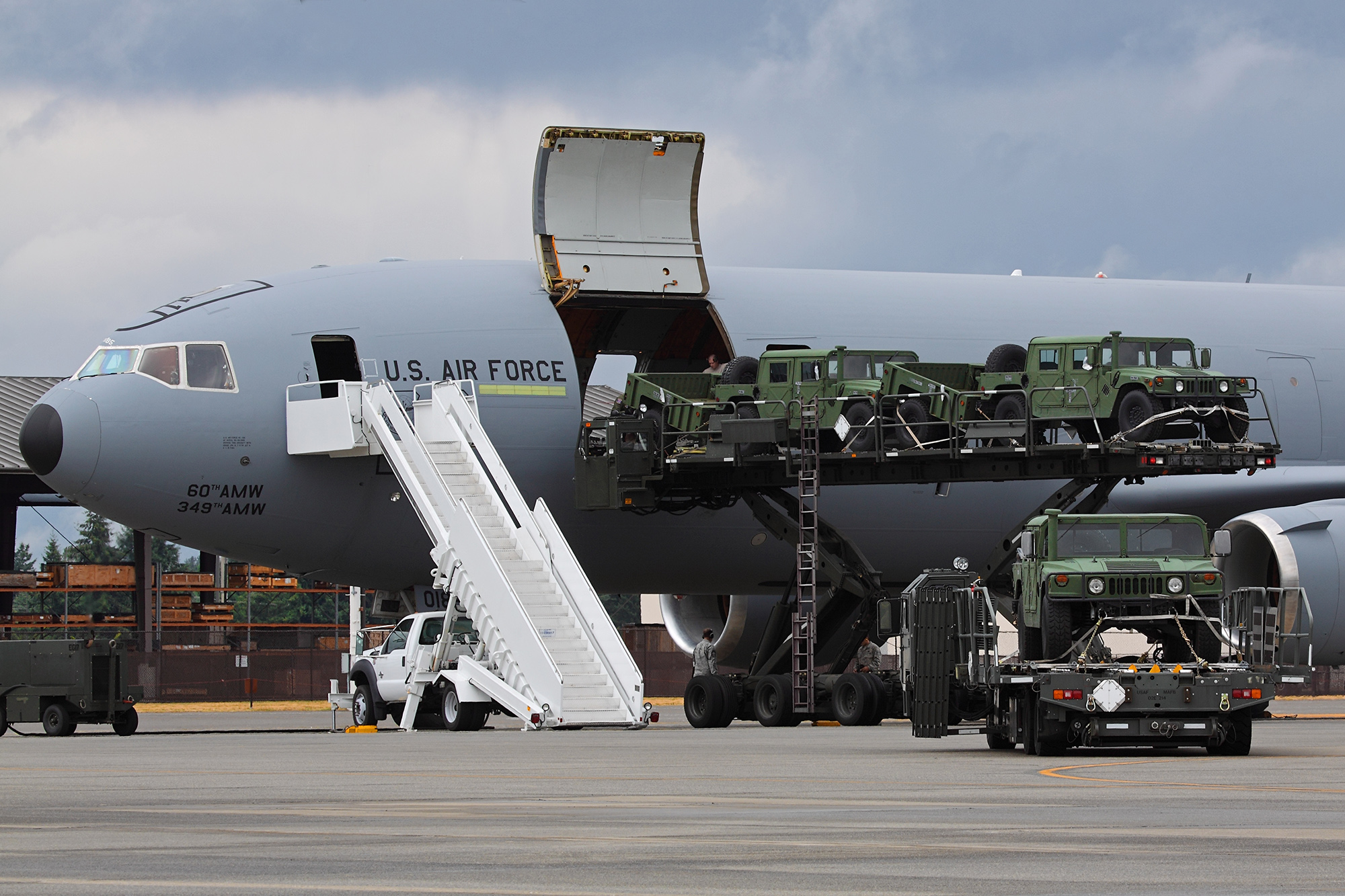
With the retirement of the KC-10, maybe the USAF could prioritize a low-observable (stealth) tanker-transport program in place of the skipped-over KC-Y initiative. Even combining that aborted effort with an accelerated KC-Z program could make sense in the coming decade.
The USAF is fully aware that its tankers are increasingly vulnerable, and considering how anti-access capabilities are proliferating, the flying force’s fleet of stealthy but very thirsty tactical jets will become less relevant in a peer state conflict without having a survivable source of fuel flying within their combat radius.
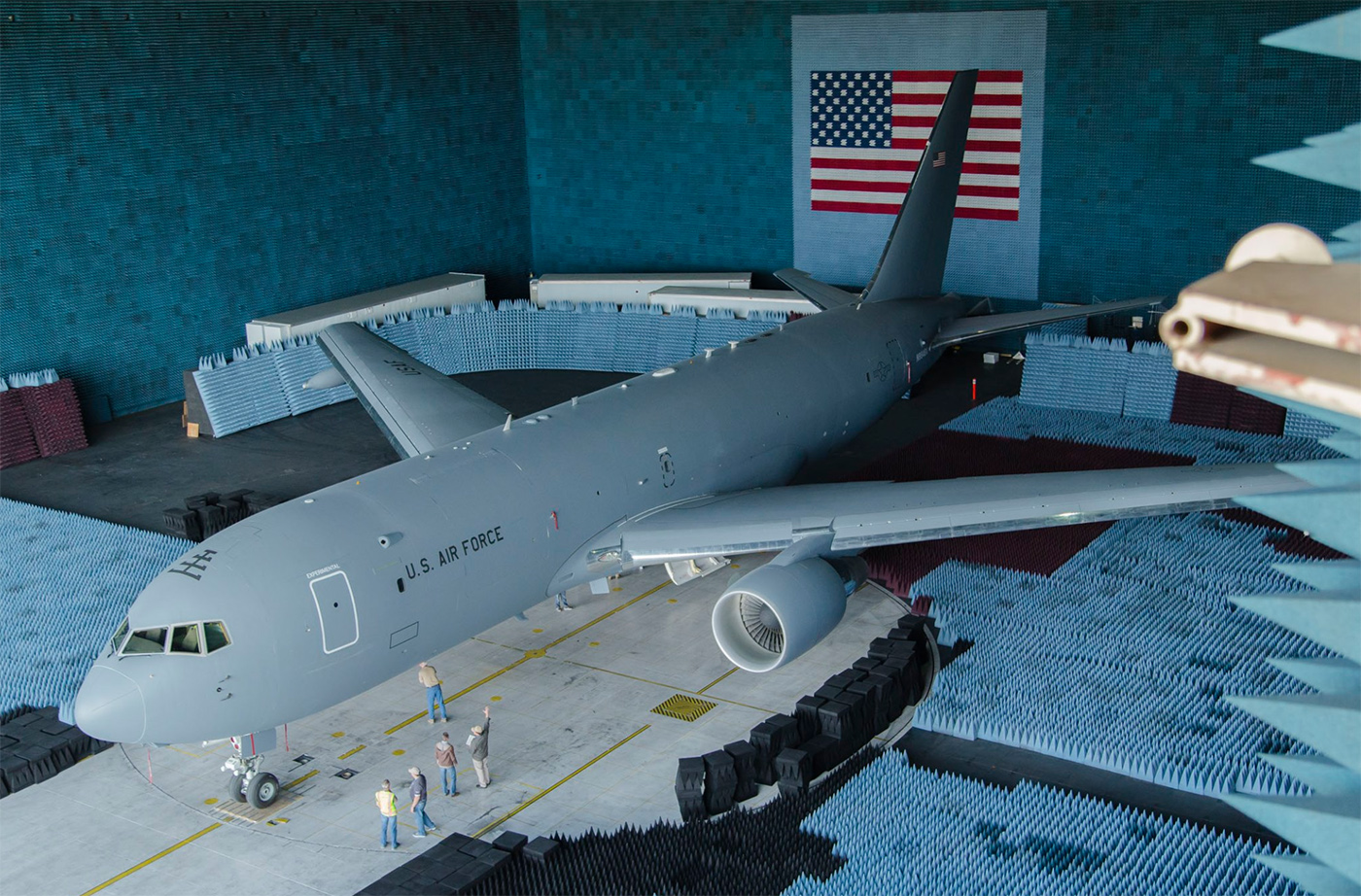
Even the best of the KC-135 fleet can’t fly forever, nor can C-17s, the oldest of which will be meeting their end of service life in the late 2020s, for which there is no available replacement. Replacing some of these with an aircraft that can survive at least along the fringes of contested airspace, or even penetrate a distance into it, would not only be logical, but potentially necessary for future battles to come.
A stealthy tanker-transport program, along with KC-46s and increased contractor tanker support, could allow the KC-135 to finally retire around the middle part of the century, by which time many of them will be approaching a century of service.
Contact the author: Tyler@thedrive.com
